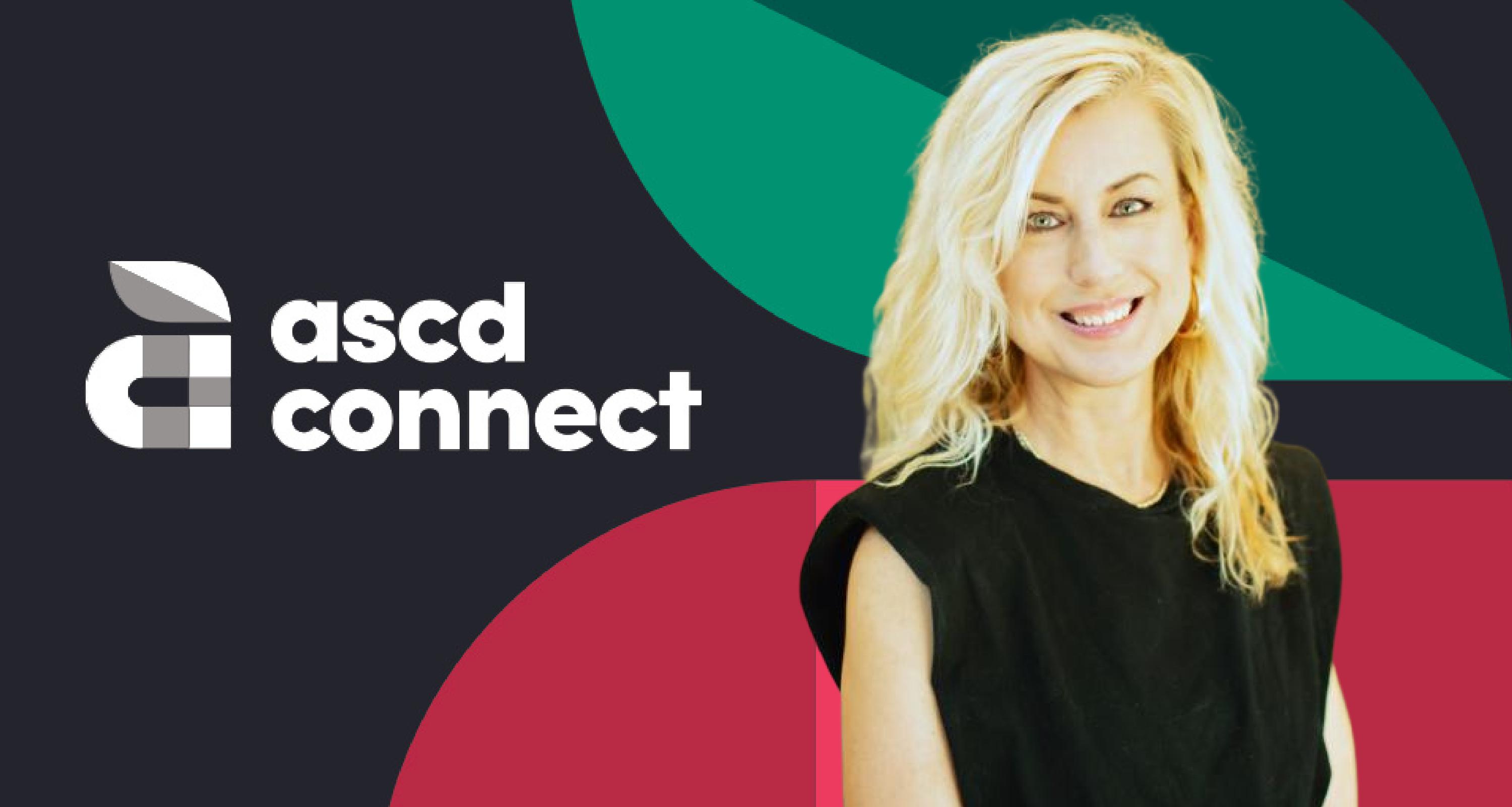In The Antiracist Roadmap to Educational Equity, Avis Williams and Brenda Elliott draw from their extensive experiences as seasoned educators to address the pressing issue of institutional and structural racism, which has long narrowed opportunities for children of color to receive a quality education. With a steadfast commitment to equity and inclusivity, the authors present a transformative framework aimed at fostering inclusive learning environments for all stakeholders. Through their book, Williams and Elliott meticulously outline key strategies and insights gleaned from their own journeys, distilling them into actionable steps for educators.
In our conversation with author Avis Williams, we delve into the inspiration behind her work, the importance of engaging diverse education stakeholders, and the powerful takeaway she hopes readers will gain from The Antiracist Roadmap.
What inspired the creation of your book, and what is the backstory behind it?
During the early part of the pandemic, Bren and I were frustrated, like most educators, as we contemplated the impact that COVID-19, school closures, and racial unrest would have on our children—especially our Black and Brown children and those in poverty. We began to have virtual meetings on Sundays that we called “Equity Brunch.” What started as venting and supporting one another turned into seeking solutions that could impact BIPOC children. Ultimately, we decided to write a book, and we felt it was important to share our own background as part of the context for The Antiracist Roadmap.
Each chapter of your book follows a distinctive structure, resembling a roadmap with landmarks, roadblocks, shortcuts, and even rest stops. What inspired you to adopt this format?
Blame this on the amazing brunches! We brainstormed, sketched, debated, and landed on this format because it truly captures the essence of the antiracist journey. Landmarks are those important strategies, practices, or data points that set the tone for the work. Recognizing roadblocks allows readers to plan for success and anticipate likely challenges. As educators, we love identifying low-hanging fruit. Shortcuts fit into this category and give readers an opportunity to find quick wins that can spark additional success and provide motivation along the journey. Finally, this work can be stressful, and it is imperative that we take care of ourselves. The rest stops are designed to do just that by allowing for time to reflect and recharge.
This work can be stressful, and it is imperative that we take care of ourselves.
Why did you feel it was important to address and engage with various education stakeholders—teachers, school and district leaders, central office teams, and the wider community—in your book?
As seasoned educators who have worked at every level in K-12 education, we understand the value of work being led and supported from a systemic approach. I have worked in environments where teachers and principals had great ideas and were motivated to explore innovative practices. Seeing the spark in amazing, motivated educators diminish due to lack of support is disheartening at best. This happens all too often when there is not an intentional systemic approach to change. Being an antiracist, equity-focused educator demands a cohesive, collaborative, and systemic approach. That is the driving force behind the framework of our book.
What is the one takeaway you want readers to get from the book?
I want readers of The Antiracist Roadmap to feel a sense of empowerment about what is possible. Even in the best-case scenario, equity work is challenging. We live in a politically polarized nation, which further complicates matters. By leaning into this work through a systemic approach, teachers, leaders, and advocates can use their collective knowledge and efficacy to serve as champions for our children, who are often the farthest away from opportunity. This work should not be done alone, and we hope that readers understand the power of working together for a common goal. You don't have to be a superhero, you just have to be willing to engage and stay the course. One of my favorite MLK Jr. quotes states it best: "If you can't fly, then run. If you can't run, then walk. If you can't walk, then crawl, but by all means, keep moving."
Teachers, leaders, and advocates can use their collective knowledge and efficacy to serve as champions for our children, who are often the farthest away from opportunity.
What’s the best advice you’ve gotten about education?
Although our book is focused on antiracist and equity within K-12 classrooms, as a Black woman superintendent, it is not lost on me that while nearly 80 percent of teachers are women, only about 25 percent of superintendents are women and 1.4 percent are Black women. I have a close-knit group of other Black female superintendents (my "sister supts") who support one another. Dr. Sharon Contreras (a retired superintendent from Guilford County, North Carolina) shared this in support of one of our sisters: "Don't get weary in well-doing, sisters. You are not alone, and you are called to do this work!"
The Antiracist Roadmap to Educational Equity
A practical way forward for those who refuse to accept the status quo as the best we can do.









